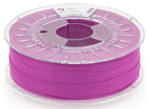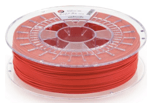Food-safe filament is a must when you’re printing kitchen gadgets, such as cookie cutters, or any other items that are in contact with food. It may even be a good idea to print toys for children or pets with food-safe filament due to the chances that the part will end up in a mouth.
Although many companies list their PLA as “food safe”, there is no official certifying body to regulate such claims, so things can get murky. There are food safety guidelines both for the USA and Europe that detail manufacturing practices and ingredients that make a product safe for contact with food.
For this article, we’ll be compiling PLA filaments that align with those guidelines, specifically the Code of Federal Regulations (CFR) 21 from the FDA (US Food and Drug Administration) or the EU Commission Regulation No. 10/2011 from the EFSA (European Food Safety Authority).
We’ll also take a look at food-safe coatings you can use to add further protection and make cleaning easier. Before we do that, though, let’s first take a closer look at food safety in 3D printing.
What Does It Mean?
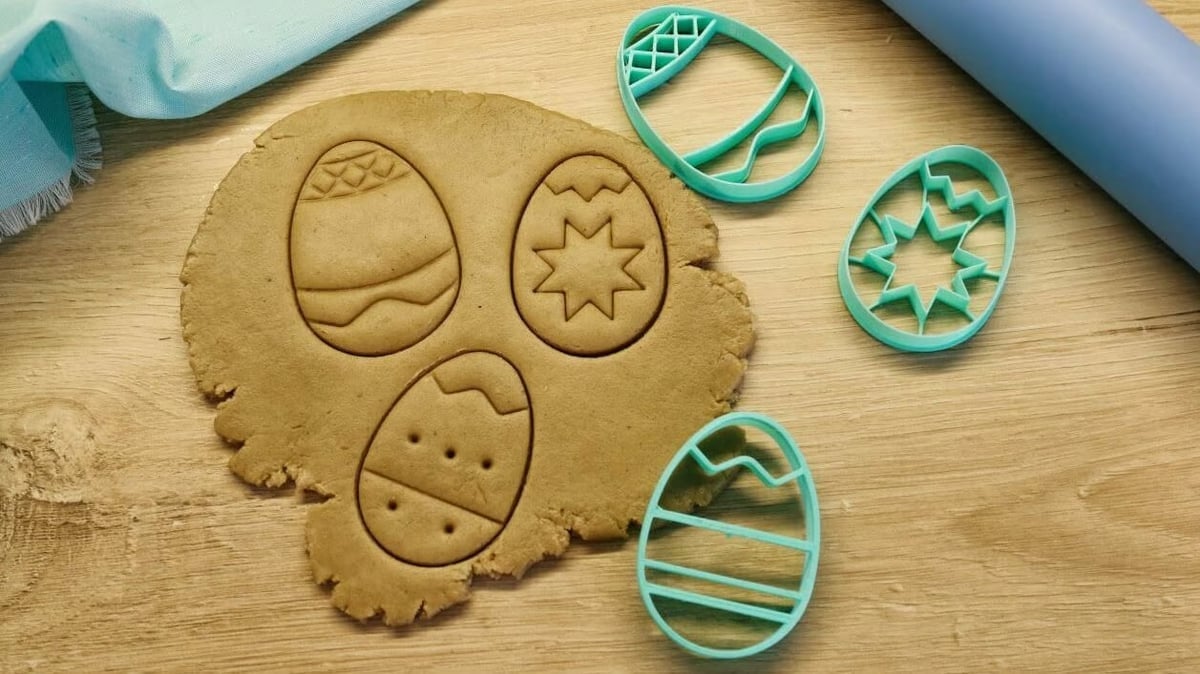
Before we get started with the filaments, there are some things you should know about food safety when it comes to 3D printing materials.
Even when a filament is made of food-safe material, the material itself isn’t the only thing impacting the filament’s food safety. Other elements like additives and color pigments need to be considered. In other words, while PLA on its own can be food-safe, filaments generally aren’t 100% pure PLA.
Other Factors
If you really want to get into it, a material’s composition isn’t the only thing that determines whether or not a print is safe to come into contact with food. Generally speaking, there are four main external factors:
- 3D printing process: In the end, a material’s food safety rating is only guaranteed while it’s still a filament on the spool. Several aspects of the FDM printing process could potentially diminish the safety of the final part. For example, traces of harmful materials in or around the extruder, hot end, or nozzle may make their way into the finished part.
- Nozzle material: The nozzle is the last part of your 3D printer that the molten filament touches before being extruded to form the desired part, so it’s important to be aware of food safety when choosing one. Only some materials for nozzles are food-safe, and brass, the most popular and least expensive option, isn’t one of them. Stainless steel nozzles (not hardened steel) are fairly resistant to materials sticking to their surfaces, making them the best food-safe option.
- Gaps: Whether due to layer lines or other printing effects, it’s not unusual for models to have small, non-visible openings. These are perfect places for bacteria to thrive, as washing them away is nearly impossible. It doesn’t matter how safe your material is if it’s got cozy corners full of dangerous bacteria.
- Temperature: Hot food or liquids could have a negative effect on some materials. This may not always be a food safety concern, but it’s certainly a food-related quality concern! Avoid using PLA for applications that may see boiling-hot water.
Note that post-processing can also counteract a print’s food-safeness, especially if using paints, solvents, or other non-food-grade materials. On the other hand, the right post-processing techniques, like sealing openings, can make up for some of the above factors.
Extrudr NX1 & NX2

Extrudr’s PLA filament is another food-safe filament that’s FDA and EU regulation-compliant, and it comes in two different versions: NX1 and NX2. The main difference between the two is that NX2 has a matte finish.
Extrudr’s PLA comes in 47 different colors, though not all of the colors are FDA-compliant. The NX1 version’s food-safe colors only include transparent, black, and white. The NX2 version comes in 12 different FDA-compliant colors, all of which are listed in the additional information sheet.
The manufacturer recommends using an adhesive on your printer’s build plate, but it’s important to note that not all adhesives are food-safe. Extrudr suggests that their NX2 PLA has good tensile strength and temperature resistance up to 60-70 °C.
- Price: ~$26/kg
- Diameters: 1.75 mm, 2.85 mm
- Colors:
- NX1: Transparent, black, white
- NX2: 12 food-safe options, including yellow, orange, hellfire red, purple, navy blue, turquoise, and emerald green, among others
- Tolerance: ±0.05 mm
- Nozzle temperature: 180-230 °C
- Bed temperature: 20-60 °C
Extrudr GreenTec Pro
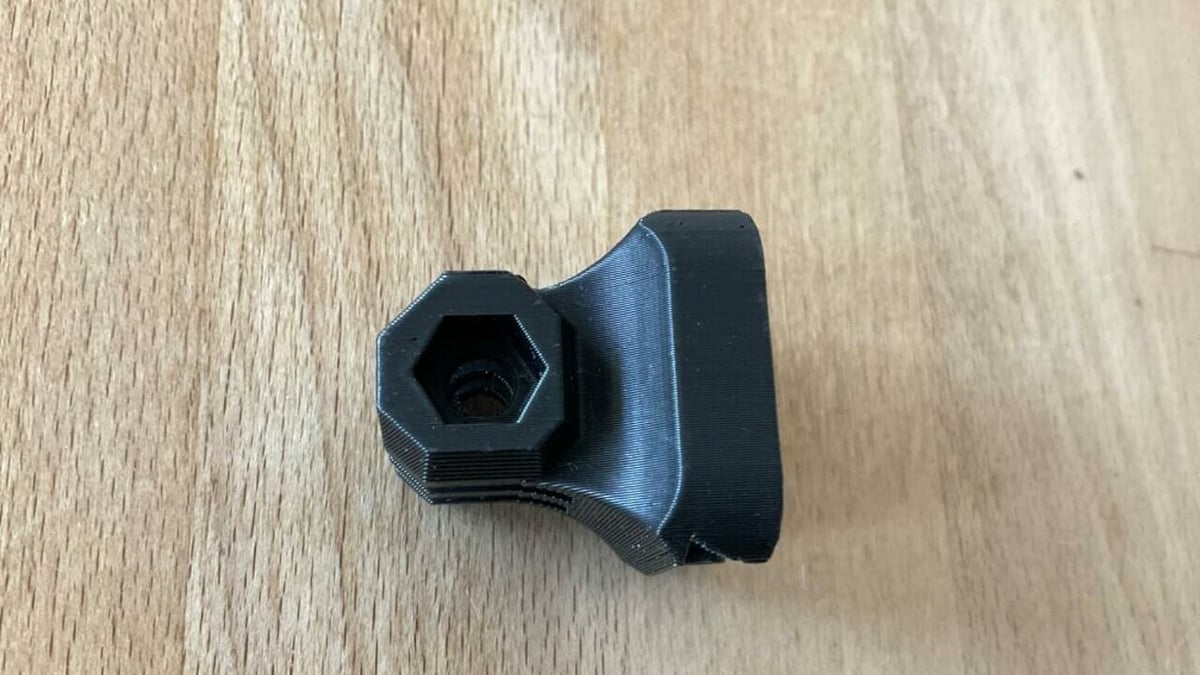
GreenTec Pro is another FDA and EU-certified line of PLA from Extrudr. Although Extrudr doesn’t mention PLA in the product description, the MSDS indicates that GreenTec Pro filament is a PLA blend.
GreenTec Pro is billed as a “high-performance” material, with better mechanical and thermal properties than the NX line of filaments. It’s temperature resistant up to 160 °C. Extrudr suggests printing GreenTec Pro at a speed of 40-60 mm/s. The filament should be easy to print and warping is minimal.
- Price: ~$45/kg
- Diameters: 1.75 mm, 2.85 mm
- Colors: Six food-safe colors, including black, white, red, and navy blue
- Tolerance: Not specified
- Nozzle temperature: 210-230 °C
- Bed temperature: 20-90 °C
Filamentive
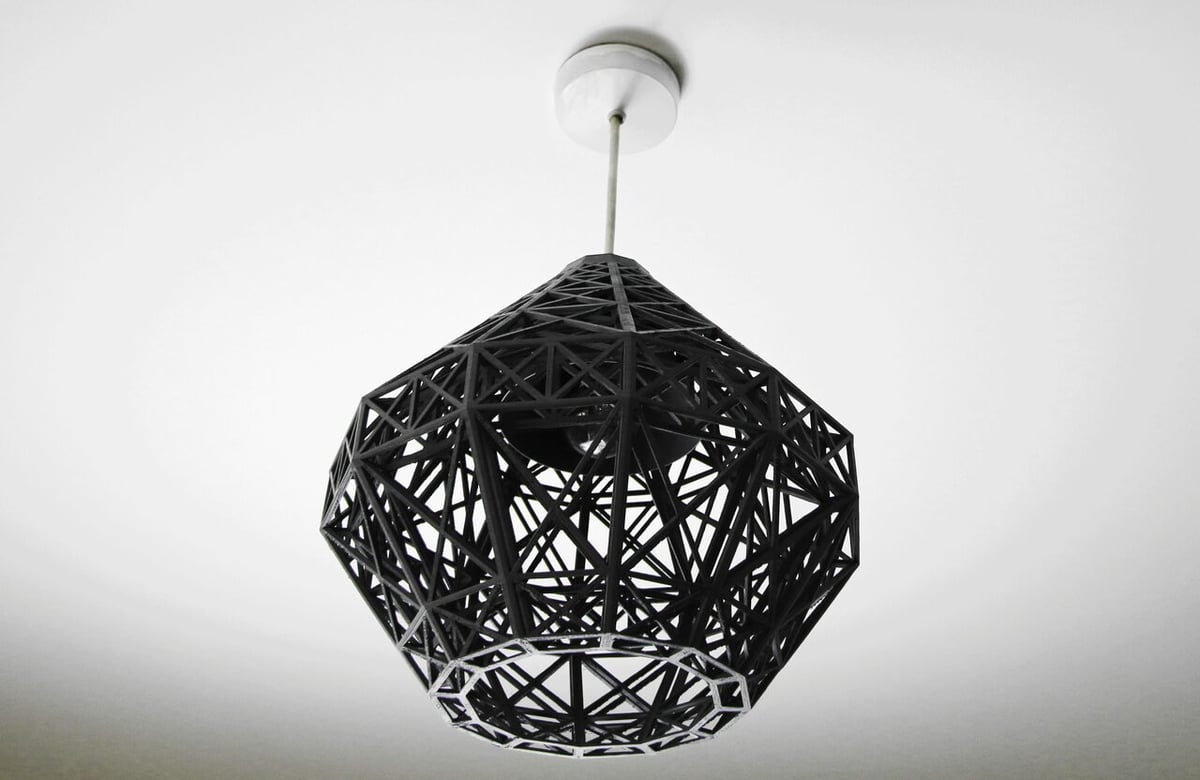
Filamentive’s PLA filament comes in a decent variety of colors, most of which comply with EU food safety regulations. They also boast that their filament is now made up of 87 percent recycled material, which is a nice environmentally friendly and sustainable bonus.
Like other manufacturers, not all of their PLA filaments can be declared food-safe due to the different dyes and additives. At the time of writing, they have 10 food-safe colors of PLA to choose from that go beyond the basic white and transparent options.
Filamentive claims that their PLA is up to a high standard of quality, despite being made of mostly recycled material. According to Filamentive, this is achieved through scrutinizing the recycled material in order to make a very homogenous mix batch to batch and testing the filament throughout manufacturing.
- Price: ~$34/kg
- Diameters: 1.75 mm, 2.85 mm
- Colors: 10 food-safe colors, including red, dark blue, green, yellow, and orange
- Tolerance: ±0.05 mm
- Nozzle temperature: 190-220 °C
- Bed temperature: 50-60 °C
Fillamentum Extrafill
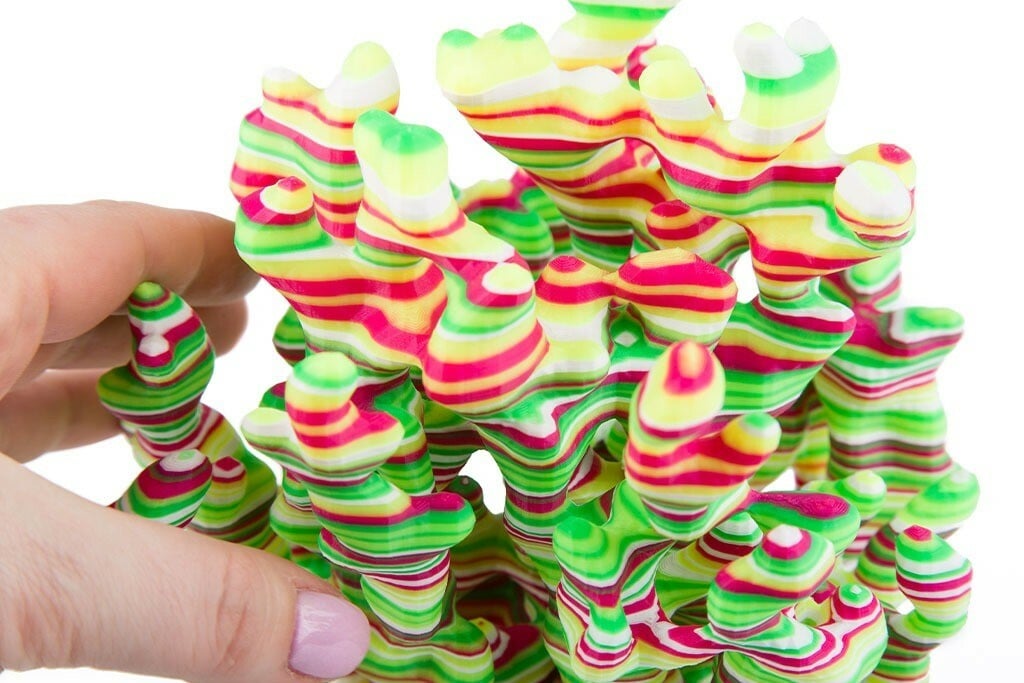
Fillamentum produces a truly impressive array of colors in its PLA Extrafill line of filaments. While they do not claim compliance with a specific FDA or EU regulation, they do state that PLA Extrafill is “safe for food contact applications” and that they would send a declaration upon request.
PLA Extrafill is said to be printable at high speeds and provides excellent lamination between the layers. Additionally, their colors are crafted using color references from the likes of Pantone, which allows designers to match and compare different color palettes with high accuracy.
- Price: ~$27/kg
- Diameters: 1.75 mm, 2.85 mm
- Colors: 42 different colors, including mint and chocolate brown. Ice cream anybody?
- Tolerance: ±0.05 mm
- Nozzle temperature: 190-210 °C
- Bed temperature: 50-60 °C
Filaments.ca
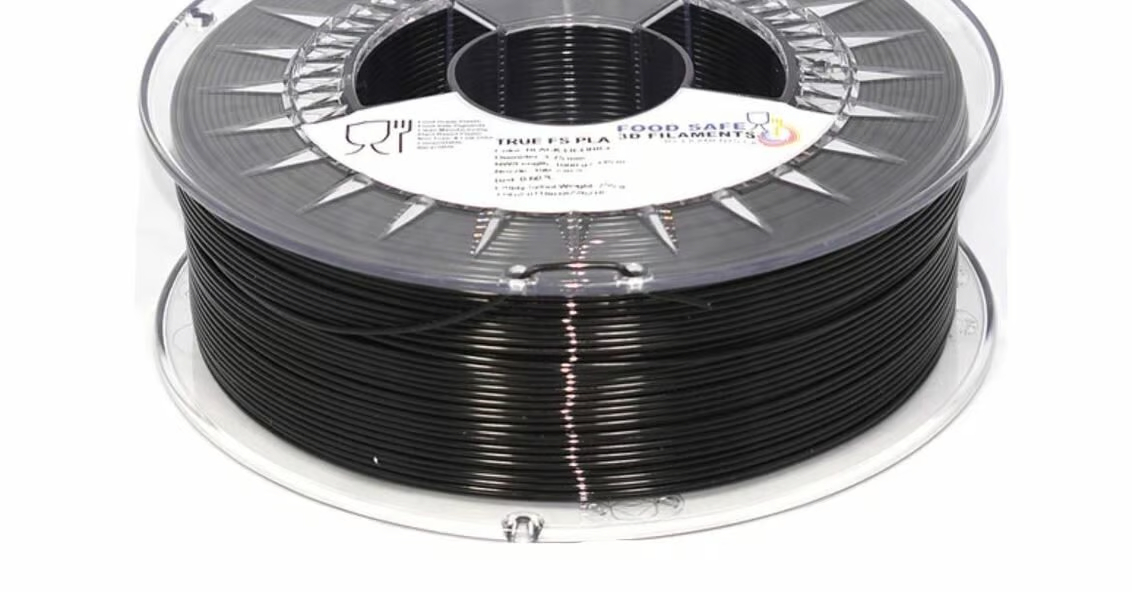
Filaments.ca’s True Food-Safe PLA gained a lot of popularity for being one of the first FDA-approved, fully food-safe PLA filaments. The manufacturer indicates that they only use safe raw materials (mainly high-grade biopolymer), color pigments, and additives. Filaments.ca also states that they microbiologically analyze the filament surface to ensure its food safety.
Their filament is odor-free, recyclable (although not by typical municipal programs), and even more robust than standard PLA. They also report that their food-safe PLA doesn’t warp, allows for fast printing, and has improved mechanical properties.
A reviewer noted that this filament prints very easily and is suitable for making cookie cutters!
- Price: ~$35/kg
- Diameter: 1.75 mm
- Colors: 14 colors, including black, three shades of gray, natural, yellow, blue, teal, and pink, among others
- Tolerance: Not specified
- Nozzle temperature: 190-230 °C
- Bed temperature: 0-60 °C
Bonus: Food-Safe Finishes
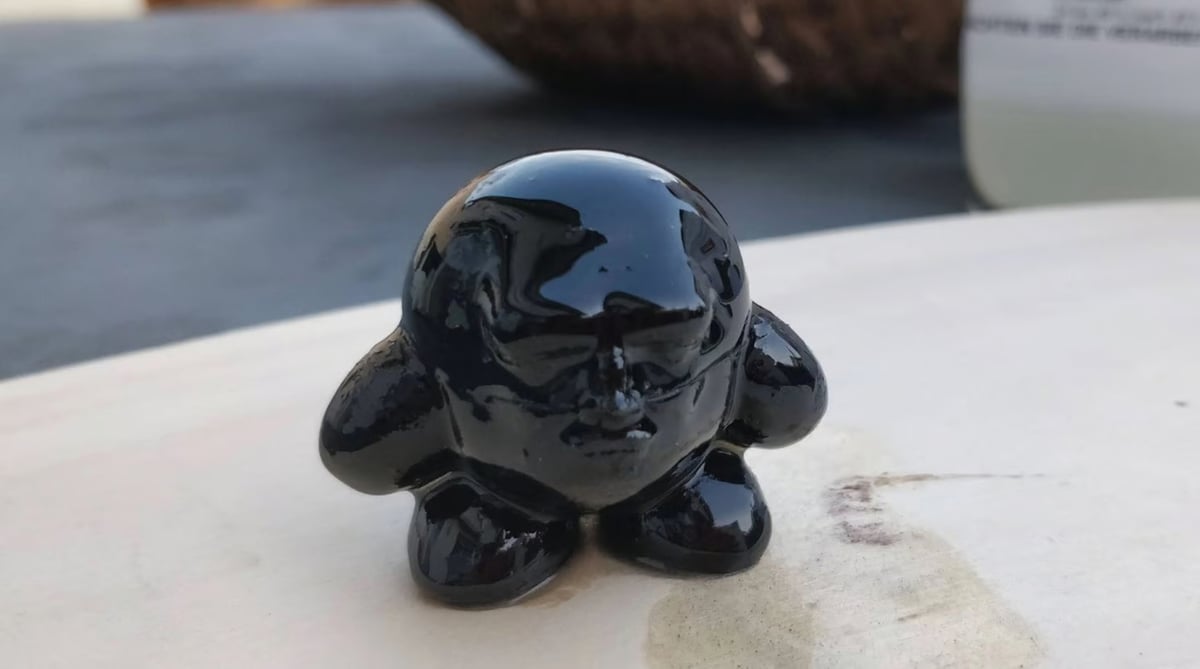
As you’ve probably figured out, 3D printing truly food-safe objects can be a challenge given all the contributing factors. Applying a coating to printed parts can help fill in the gaps and imperfections present on all 3D prints, which bacteria tend to cling to. By filling in these gaps, the part becomes easier to clean and less likely to harbor pathogens.
Though there is evidence that 3D prints can be effectively cleaned using ordinary means like soap, a coating is not strictly necessary for sanitary parts. If the part will see heavy wear and tear or be in prolonged contact with food, it doesn’t hurt to be on the safe side and use a coating for extra protection.
There are a few options for food-safe coatings, and perhaps the most popular is Shellac by Rust-Oleum, a manufacturer of paints and finishes. You can get it as a spray, by the quart, or by the gallon. Other food-safe coatings include silicone, epoxy resin, and polyurethane.
We suggest first smoothing your print using sanding to allow the food-safe finish to stick well to the print. Then, you can apply a few layers of your food-safe coating to ensure food safety for your part. You should allow the coating to fully cure before using it. Follow the instructions for the product you’re using and give it at least the full recommended curing time. Your patience will be rewarded!
Bon appétit!
License: The text of "The Best Food-Safe PLA Filaments of 2023" by All3DP is licensed under a Creative Commons Attribution 4.0 International License.
CERTAIN CONTENT THAT APPEARS ON THIS SITE COMES FROM AMAZON. THIS CONTENT IS PROVIDED ‘AS IS’ AND IS SUBJECT TO CHANGE OR REMOVAL AT ANY TIME.


